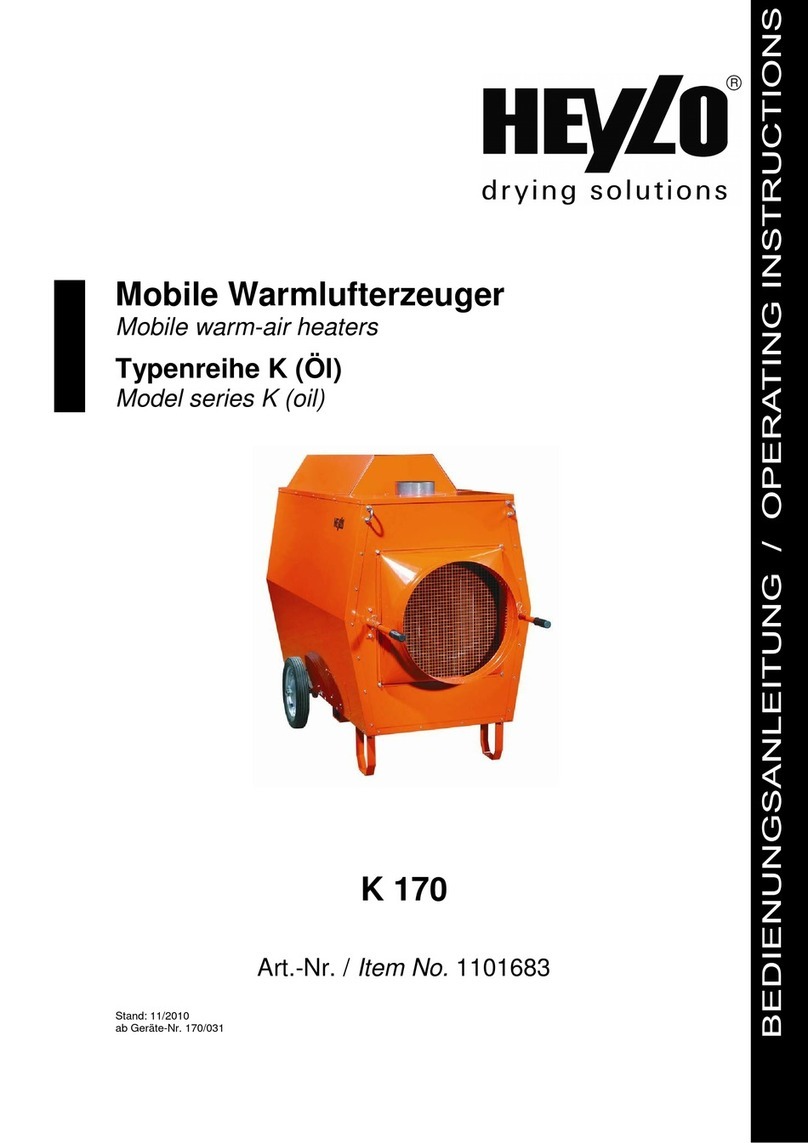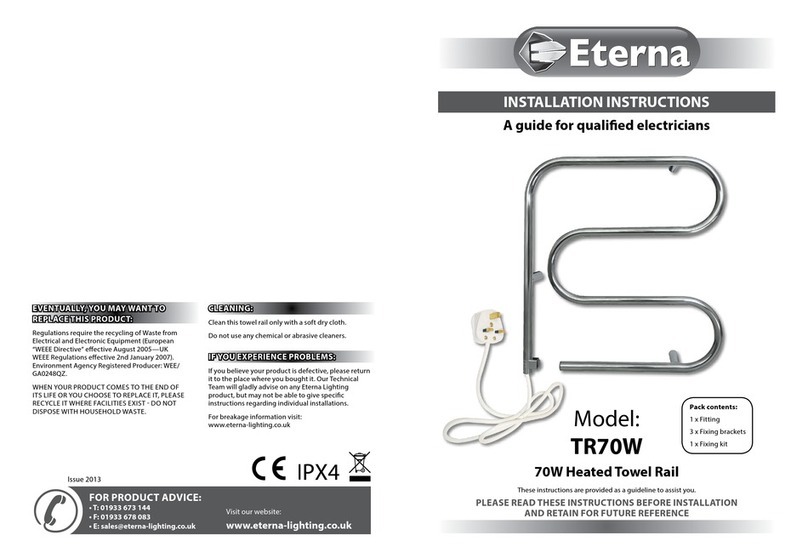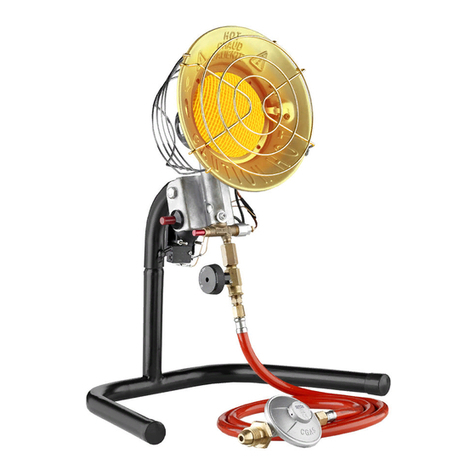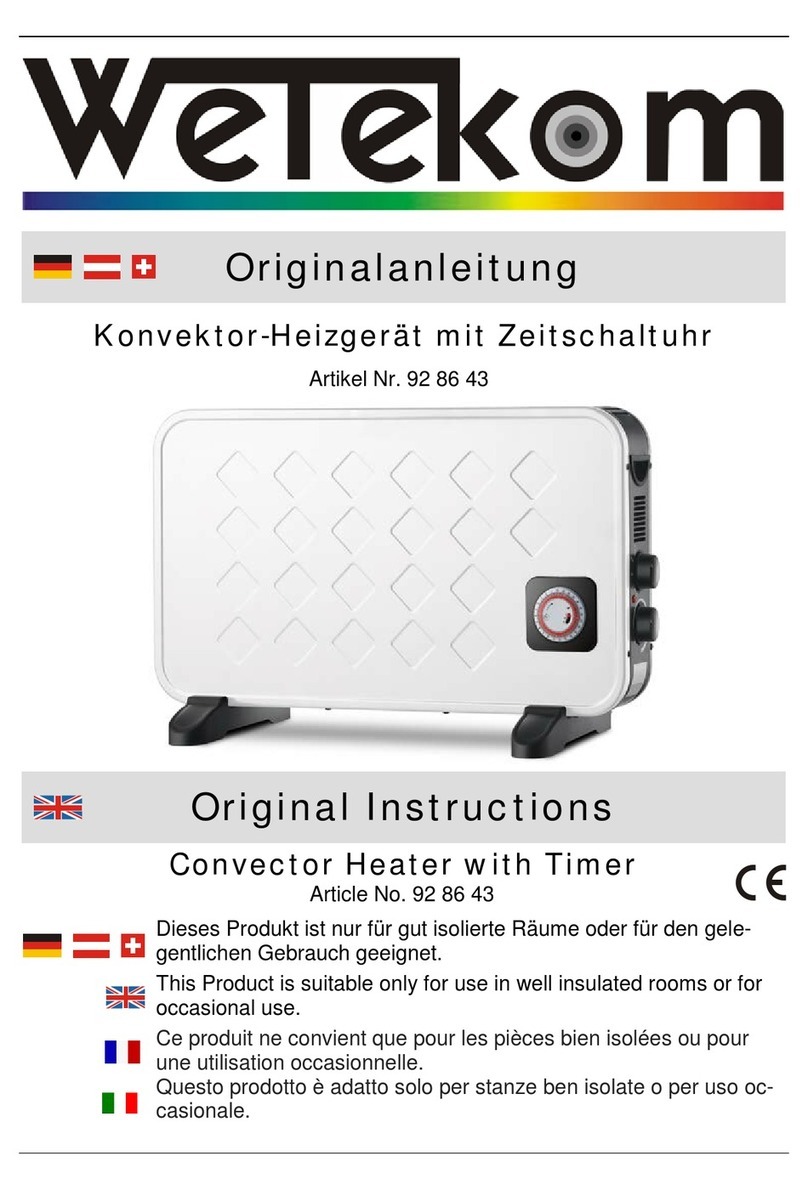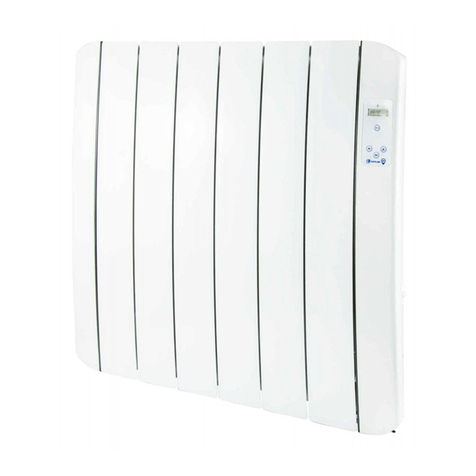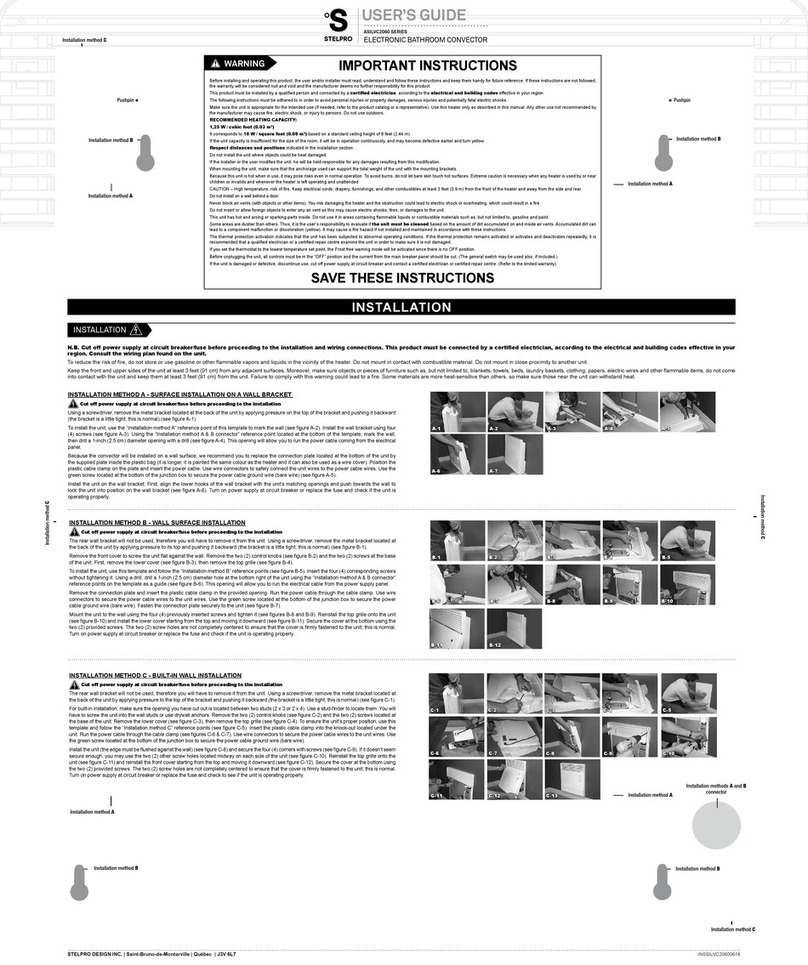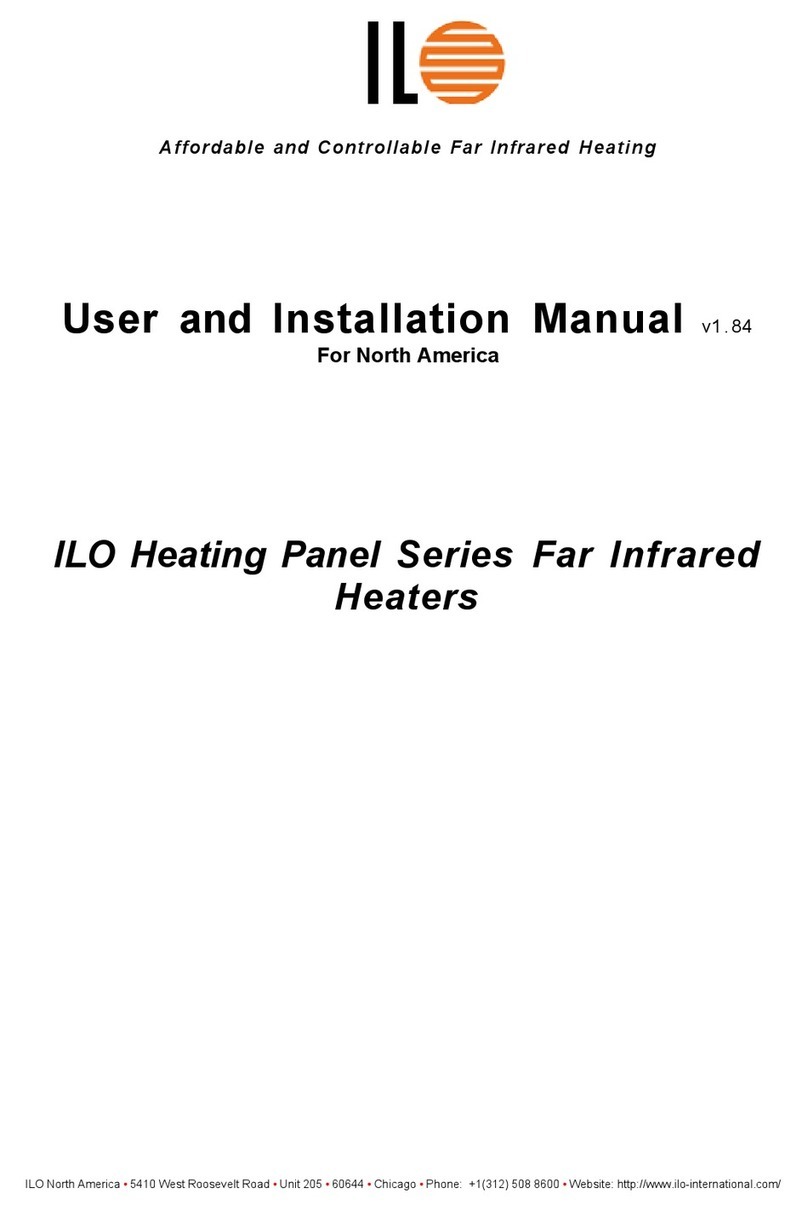
Travis Industries, Inc.
Model: Liberty
Report Number:0028WS065E
INDIVIDUAL RUN SUMMARIES
Run 1 - Test procedures followed to produce a high burn rate with a primary air setting of
fully open. Observed burn rate was calculated at 4.61 kg/hr. Emissions results
were calculated using particulate sampling from kindling, start-up fuel, and test
fuel load combined (cold to hot). Burn rate, and efficiency were calculated using
data from the test fuel load only (hot to hot). No sampling anomalies occurred,
this test run was determined to be valid for inclusion in the weighted average.
Run 2 - Test procedures were followed to produce a low burn rate with a primary air
setting of full closed. Observed burn rate was calculated at 1.36 kg/hr. Emissions
and efficiency results were calculated using a hot to hot burn cycle, a coal bed
generated by the high burn conducted in test one was used. Prior to starting run 3
a fire box volume drawing was submitted showing a volume larger than that
calculated by the testing laboratory. After review of the document it was agreed
that the larger volume calculated by a computer drawing program was accurate.
This caused one of the fuel load pieces used in the fuel load to be outside the
acceptable weight range. Due to this, test number 2 was considered invalid and
not used in the weighted average.
Run 3 - Test procedures followed to produce a high burn rate with a primary air setting of
fully open. Observed burn rate was calculated at 4.88 kg/hr. Burn rate was
calculated using data from the test fuel load only (hot to hot). No sampling
occurred during this test, it was conducted to generate a coal bed for test number
4.
Run 4 - Test procedures were followed to produce a medium high burn rate with a
primary air setting of 0.125”(1/8”) open. Observed burn rate was calculated at
1.74 kg/hr. Emissions and efficiency results were calculated using a hot to hot
burn cycle, a coal bed generated by the high burn conducted in test three was
used. No sampling anomalies occurred; this test run was determined to be valid
for inclusion in the weighted average.
Run 5 - Test procedures followed to produce a high burn rate with a primary air setting of
fully open. Observed burn rate was calculated at 5.73 kg/hr. Burn rate was
calculated using data from the test fuel load only (hot to hot). No sampling
occurred during this test; it was conducted to generate a coal bed for test number
6.
Run 6 - Test procedures were followed to produce a low burn rate with a primary air
setting of full closed. Observed burn rate was calculated at 1.18 kg/hr. Emissions
and efficiency results were calculated using a hot to hot burn cycle, a coal bed
generated by the high burn conducted in test one was used. No sampling
anomalies occurred; this test run was determined to be valid for inclusion in the
weighted average.








